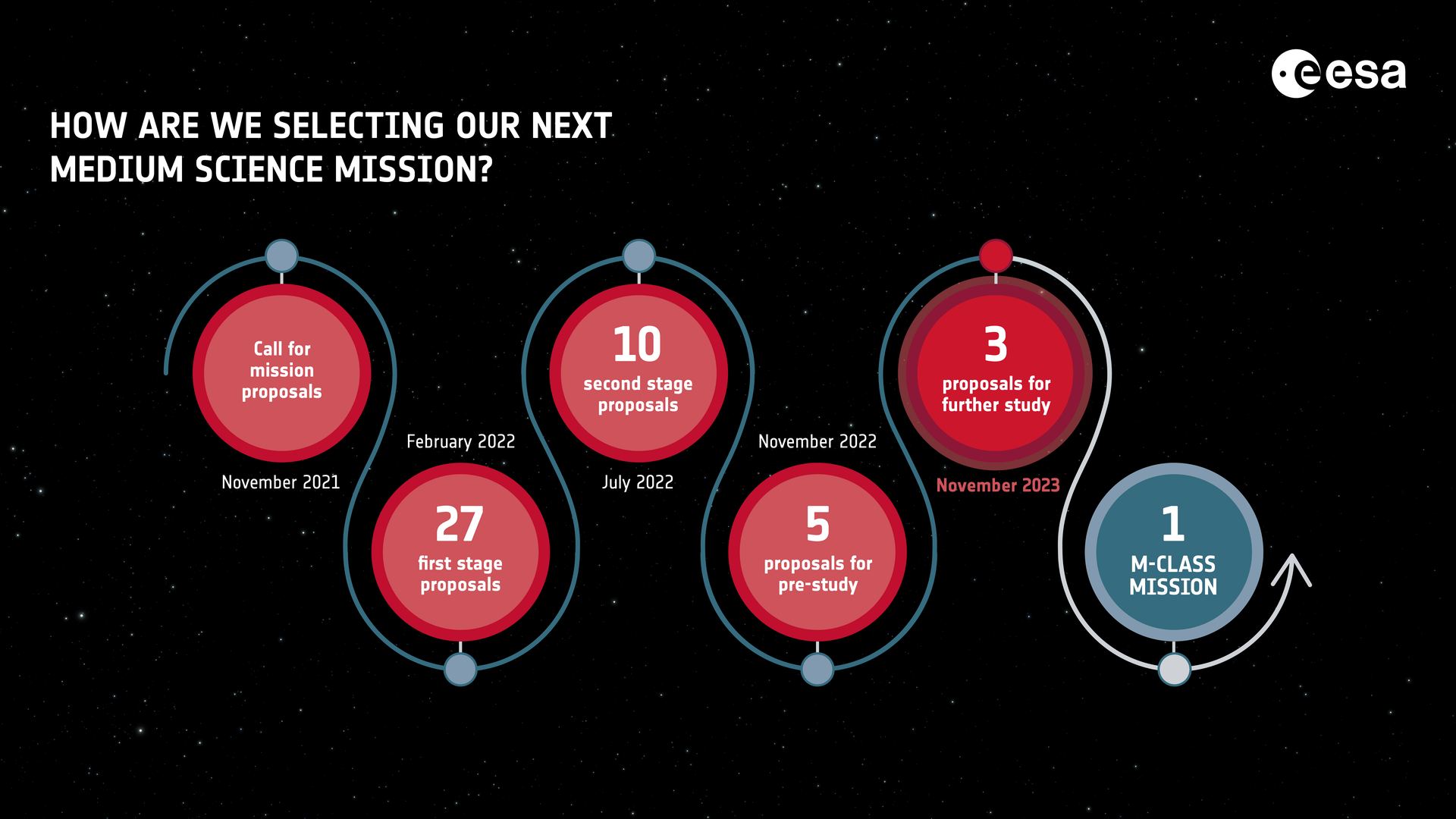Since 2010, the European aerospace manufacturer ArianeGroup has been developing the Ariane 6 launch vehicle, a next-generation rocket for the European Space Agency (ESA). This vehicle will replace the older Ariane 5 model, offering reduced launch costs while increasing the number of launches per year. In recent years, the ArianeGrouip has been putting the rocket through its paces to prepare it for its first launch, which is currently scheduled for 2024. This past week, on Wednesday, November 23rd, the Ariane 6 underwent its biggest test to date as ground controllers conducted a full-scale dress rehearsal.
Continue reading “Ariane 6 Fires its Engines, Simulating a Flight to Space”Ariane 6 Fires its Engines, Simulating a Flight to Space


